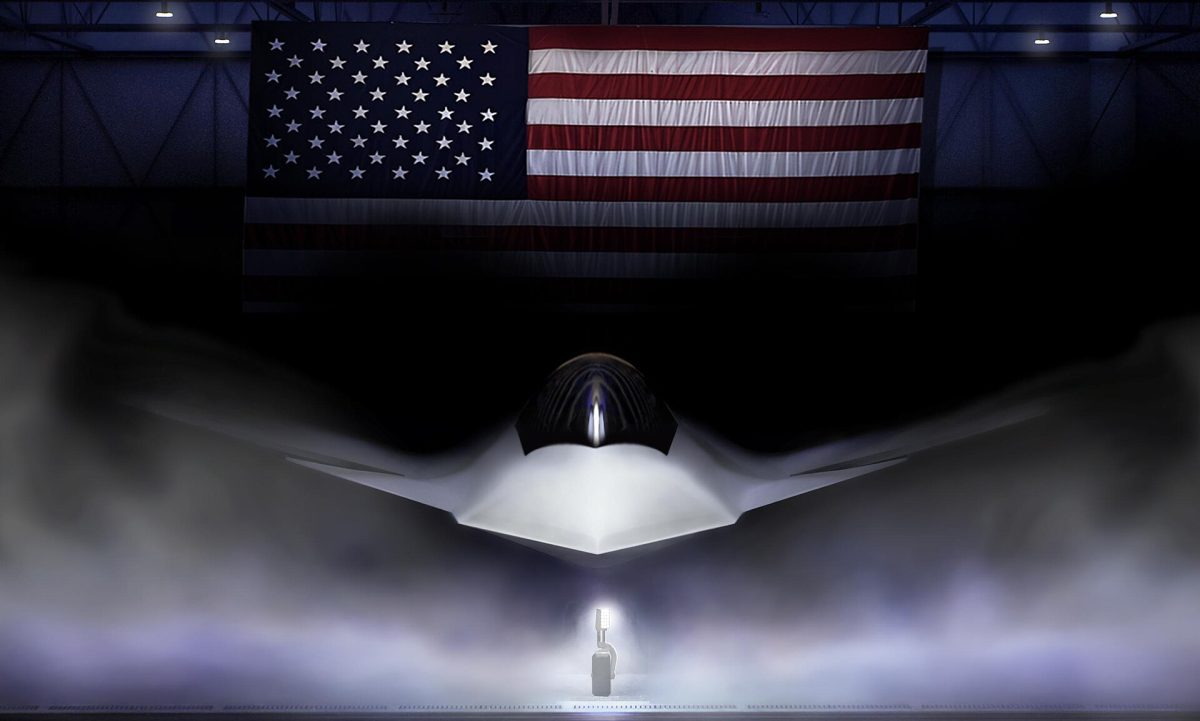“Instagram is down — a part of my life just came to a halt,” tweeted @ValMcQuek.
“The 3G is better than the WiFi at my house…” tweeted @AndrewFromHL.
“I have a blind date tonight so I really should shower but I really don’t feel like it ugh,” posted skinnyparanoia on Tumblr.
What do all these posts have in common? The tag #firstworldproblems.
First-world problems are real, guys. They’re real and important.
Well, maybe that’s not exactly exemplified by posts like these, but trust me.
When people first hear the term “first-world problems,” chances are they’ll think of a funny post on a social networking site rather than a significant life problem. Some will use the hashtag, and some will criticize the hashtag’s use.
“We see those terms being thrown around when people are talking about those issues that they’re dealing with — or think they’re dealing with — and contrast it with more serious third-world problems like poverty,” said Jana Spain, professor of psychology at High Point University, in an interview with The Guilfordian.
Why? Because a lot of people have, through media, created the perception that we are an unappreciatively wealthy society.
In some cases, this is true.
“When we’re often shown images of more significant problems, such as diseases and poverty,” said Spain. “Very often the images that are shown tend to be images in other countries or only in particular regions of a country. There’s sort of an assumption that, because the United States is a very wealthy nation comparatively, everyone in the nation is wealthy, and we’re shown that image over and over again via media.”
The “real” first-world problems aren’t the ones about WiFi or blind dates, though. They’re the ones about higher rates of automobile accidents and cyber harassment, about things that third-world countries don’t have access to. Far fewer people in the United States have to worry about meeting their needs for survival than in third-world countries such as Chad and Bangladesh.
“If most basic needs are met like in the U.S., then you tend to focus on more technological problems,” said Spain. “If many people in a society don’t have access to clean water, that’s going to dominate functioning for them.”
Junior Erica Clark agreed, reflecting on her time in Malaysia as an example.
“They didn’t have places to shower,” said Clark. “I saw a kid bathing in just a little puddle.
“For them, those are problems they’ve grown accustomed to, however major. More-developed countries see them as third-world problems, but for them, it’s just everyday life.”
We fret over a stressful essay or a dying laptop, and others roll their eyes at us while fighting off disease and struggling to find food.
Are these #firstworldproblems still problems, though? Well, technically yes, but they’re not nearly as significant as society often makes them out to be.
“Anything that causes distress and pain is valid, but I’d rather they created an opportunity for reflection than be a source of anxiety,” said Larry Eisenberg, adjunct professor of psychology, in an email interview.
Some people have trouble distinguishing which first-world problems merit legitimate worry, and which to respond to with, “Well, that kinda sucks.”
“Some are more temporary, self-focused types of problems,” said Spain. “They probably don’t impede your ability to live your life. The others could, and they’re producing negative effects, maybe not just for you, but for other people as well.”
The differences between these problems often go unnoticed, but for people like Early College senior Erica Perine, they are glaringly obvious.
“We’re making a trend out of this hashtag, and it’s a comparative way to live,” said Perine. “We’re comparing our problems to others, thus constantly acknowledging that we’re more privileged every time we use the hashtag.
“It’s just not necessary.”
We need to be able to recognize what’s truly worth our worry — that is, the difference between a first-world problem and #firstworldproblems.






